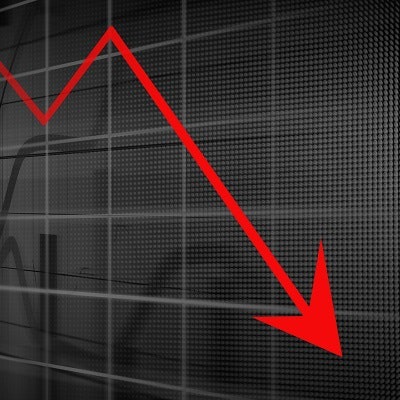
In March and April, Americans significantly reduced their use of preventive and elective healthcare even though telemedicine use increased during the COVID-19 pandemic, according to a new study published in JAMA Network Open on November 5.
For instance, the number of mammograms and colonoscopies dropped by more than 65% during the period, and overall healthcare use fell 23% in March and 52% in April.
The researchers also noted that smaller cuts in in-person care and lower rates of telemedicine use were observed among patients who reside in lower-income or predominately nonwhite zip codes. The findings are another example of disparities in healthcare that have worsened during the pandemic, according to Christopher Whaley, PhD, a policy researcher at RAND, a nonprofit research organization.
Whalen and colleagues examined medical records from more than 5 million Americans who have private health insurance. They sifted through data from 2018 to 2020 from about 200 employers across all 50 states.
They found the following:
- Colonoscopy decreased by nearly 70%.
- Mammograms for women ages 46 to 64 dropped 67%.
- Blood sugar tests dropped by more than 50%.
- Vaccines among children under age 2 dropped by 22%.
- Angioplasty procedures dropped by nearly 17%.
- Musculoskeletal surgery, cataract surgery, and MRI scans all dropped by 45% or more.
- Asthma medications increased by 11%.
However, telemedicine visits skyrocketed, increasing by more than 4,000% in April 2020. But that increase only replaced about 40% of the decline in medical office visits.



















